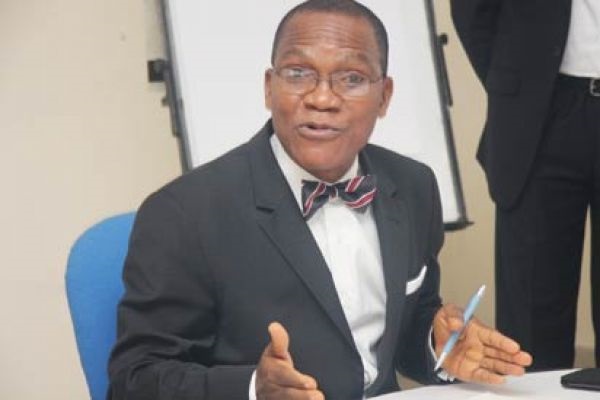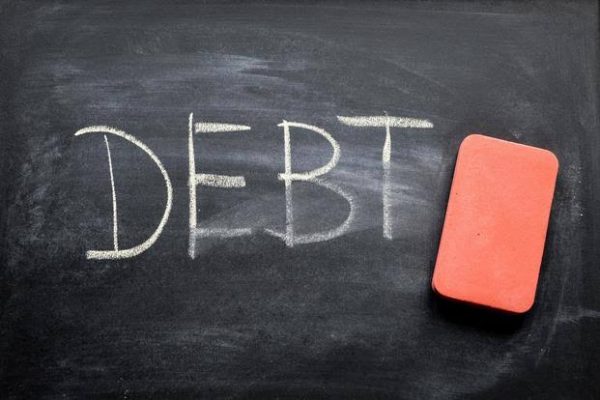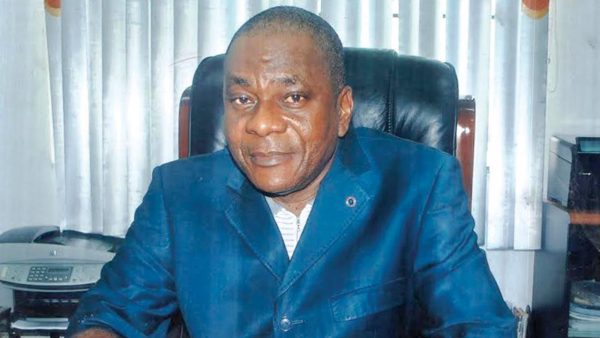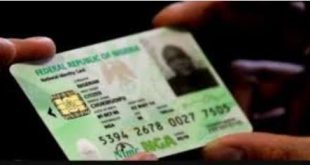
The Federal Government can borrow up to but not more than $22bn in the 2017 fiscal year, the Debt Management Office has said.
The DMO, in its ‘Determination of Borrowing Limit for 2017’ report, stated that the Federal Government could borrow up to 5.89 per cent of the country’s Gross Domestic Product estimated at $374.95bn.
According to the DMO, the country’s new debt management strategy also entails balancing the sources of debt to ensure that more resources are borrowed from external sources where the interest rate is lower than interest on funds from domestic sources.
The nation’s total debt stood at N19.16tn as of March 31, 2017. Segmenting the components of the national debt, the DMO put the Federal Government’s domestic debt at N11.97tn. The domestic debt component of the states stood at N2.96tn as of March 31.The external debt component for both the federal and the state governments stood at $13.81bn.

With drying revenues from oil and gas, the government in the last two years has increasingly depended on borrowing even to execute routine responsibilities.
Although foreign debts are accounted as cheaper than domestic debts, the government has increasingly depended on local debts as foreign donors place more stringent conditions on the path of the government.
The report stated, “The determination of the borrowing limit in 2017 was guided by the government’s conservative debt management strategy of using the country-specific threshold of 19.39 per cent for present value of total public debt-to-Gross Domestic Product ratio in the medium term, as against the country’s international peer group threshold of 56 per cent to measure its debt sustainability.
“The end-period NPV of total public debt to GDP ratio for the Federal Government was projected at 13.5 per cent. Given the country-specific ratio of 19.39 per cent for net present value of total public debt to GDP ratio (up to 2017), the borrowing space was 5.89 per cent of the estimated GDP of $374.95bn for 2017.
“To this end, the maximum amount that could be borrowed (domestic and external) by the Federal Government in 2017 without violating the country-specific threshold would be $22.08bn (i.e. 5.89 per cent of $374.95bn).”
On debt rebalancing, the DMO said, “The Debt Management Strategy, 2016 – 2019, provides the rebalancing of the debt portfolio from its composition of 84.16 as at end-December 2019 for domestic and external debts, respectively.
“It supports the use of more external finance for funding capital projects, in line with the focus of the present administration on speeding up infrastructural development in the country, by substituting the relatively expensive domestic borrowing in favour of cheaper external financing.”
It added that the new policy stance had been reinforced by the recent deterioration in macroeconomic variables, particularly with respect to the rising cost of domestic borrowing.
Copyright MMS Plus.
All rights reserved. This material, and other digital content on this website, may not be reproduced, published, broadcast, rewritten or redistributed in whole or in part without prior express written permission from KINGS COMMUNICATIONS LIMITED.
 MMS PLUS NG – Maritime, Aviation, Business, Oil and Gas News Online Newspaper with coverage in Maritime, Oil and Gas, Aviation, Power and Energy as well as Financial News
MMS PLUS NG – Maritime, Aviation, Business, Oil and Gas News Online Newspaper with coverage in Maritime, Oil and Gas, Aviation, Power and Energy as well as Financial News









